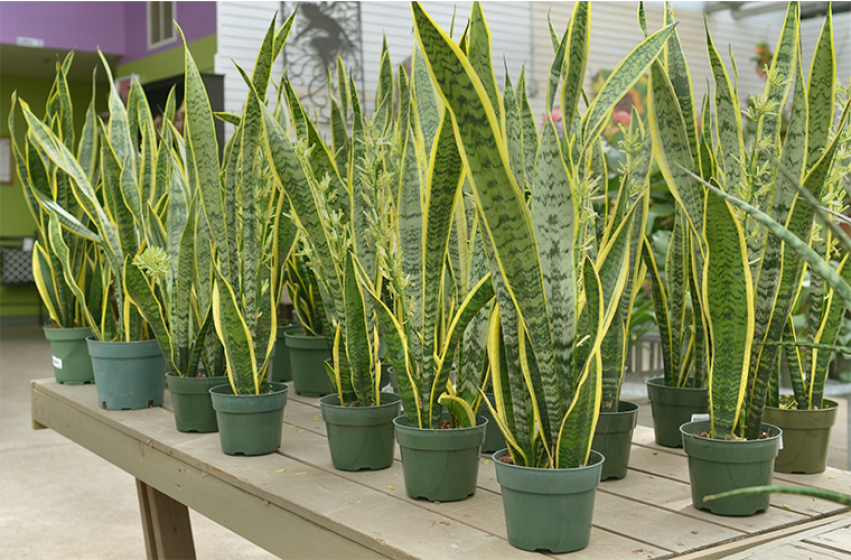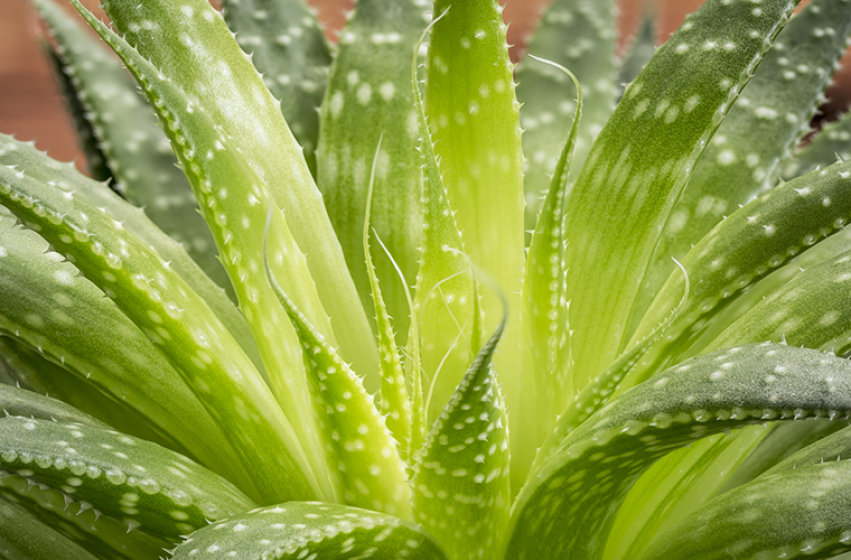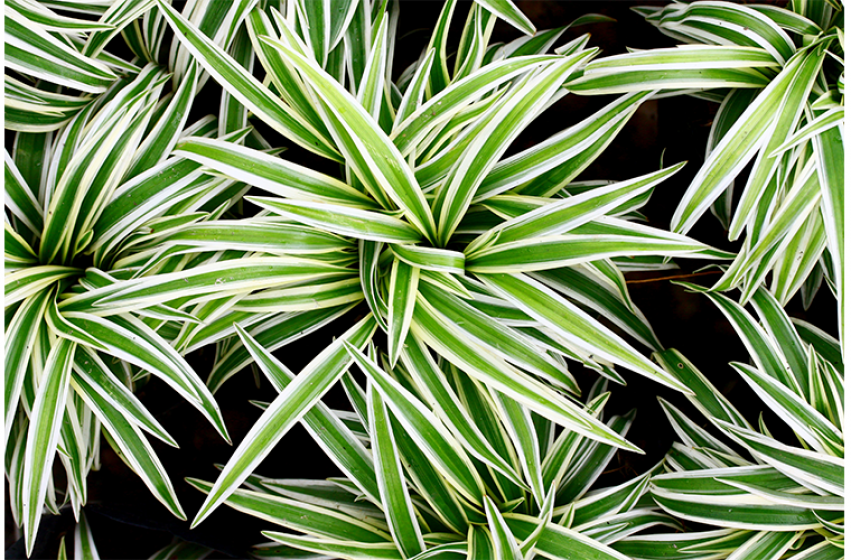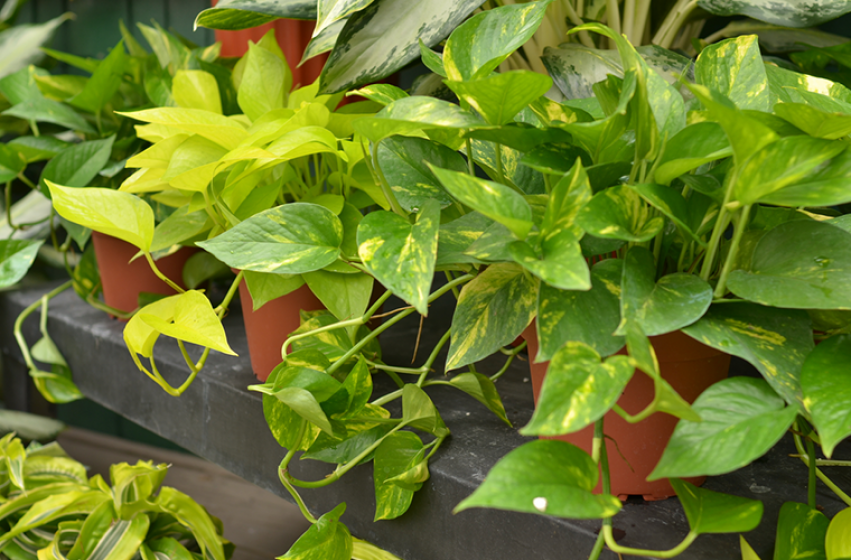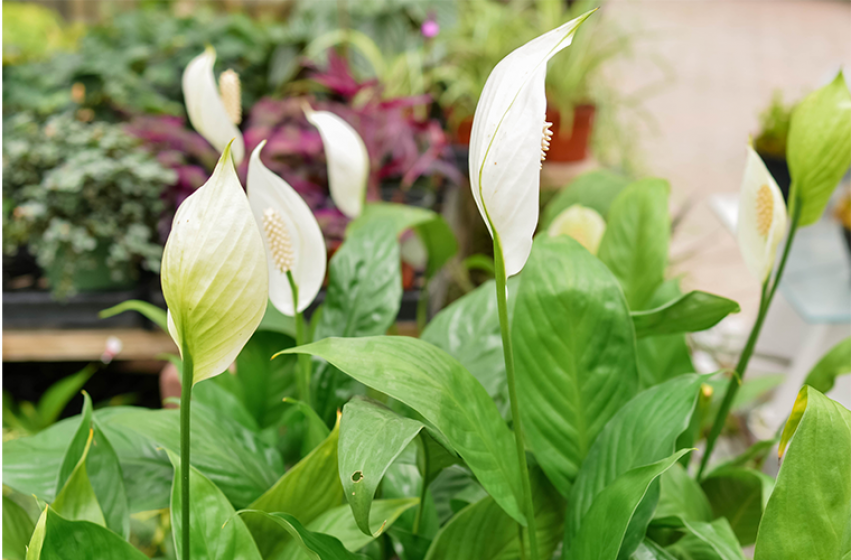Indoor air pollution is an increasing problem today and according to the EPA, our homes can have three to five times more pollutants than the outdoors. Substances like xylene (in paint and lacquers), benzene (furniture wax, insect sprays) trichloroethylene (cleaners, adhesives), and formaldehyde (upholstery, air fresheners) can cause symptoms like headaches, sore throats, or allergy-like breathing troubles.
In 1989, the National Aeronautics and Space Administration (NASA) in collaboration with Associated Landscape Contractors of America (ALCA) conducted a Clean Air Study and published results featuring a complete list of plants that are most effective at purifying the air inside.
The study, led by Dr. B. C. Wolverton, found that some plants were effective at filtering out benzene, ammonia, and formaldehyde from the air, helping to counteract the effects of Sick Building syndrome. The study found that certain commonly used houseplants are very efficient in removing formaldehyde, trichloroethane, benzene and other air pollutants and replacing them with breathable oxygen. Here are a few common houseplants that made the list:
Snake Plants - add style and modern charm to any room with their upright, sword-like foliage. These plants help remove a variety of chemicals from the air, including nitrogen oxide and formaldehyde. Snake plants are very easy to care for and will even tolerate some neglect. They like bright light, but will grow in everything from direct sun to shade. Allow the soil to dry before watering.
Aloe Vera - listed as one of NASA’s top air-improving plants, aloe vera works much like the snake plant by emitting oxygen at night. Increased oxygen supply is believed to help with insomnia and improve overall quality of sleep. Aloe is a superb indoor plant and is easy to care for. Keep it on a bedroom window, as it requires direct sunlight. Unlike other houseplants, the aloe keeps water in its leaves, not the soil until it needs it so, be sure not to over water.
Spider Plant – this is one of the first plants shown to help clean the air, working best on formaldehyde. This member of the lily family prefers to hang as it sends out its runners and little offset plants that look like pretty little green and white spiders.
Golden Pothos - help remove formaldehyde and carbon dioxide from the air and their abundance of leaves yield freshly cleaned oxygen every day. This tropical vine is one of the most tolerant plants for low light. Don’t be afraid to cut the vines if they get too long. Remember, cutting plants stimulates growth.
Peace Lily - are celebrated for their ability to remove chemicals like formaldehyde and carbon monoxide from the air. This easy to grow plant with its large leaves and interesting white flowers uses a lot of water and adds humidity to dry winter homes. It will tell you when it wants another drink by drooping its leaves.
To improve your indoor air quality, try using:
- 1 - 8” or 10” sized houseplant per every 100 square feet
- 1 - Small 4” or 6” sized houseplant in your personal breathing zone
(6-8 cu. ft.), for example: placed on your desk or night stand. - 15 - 20 houseplants for 1500 sq. feet
Discover other plants that help purification the air (and even help you sleep better) on our blog, Go Green for a Better Night's Sleep . And, for a list of NASA approved air purifying plants check out NASA's Guide to Air Filtering Plants

